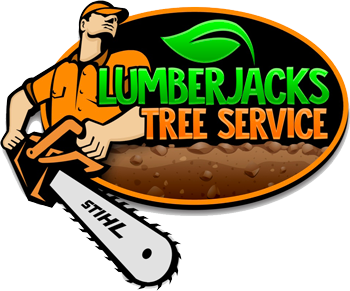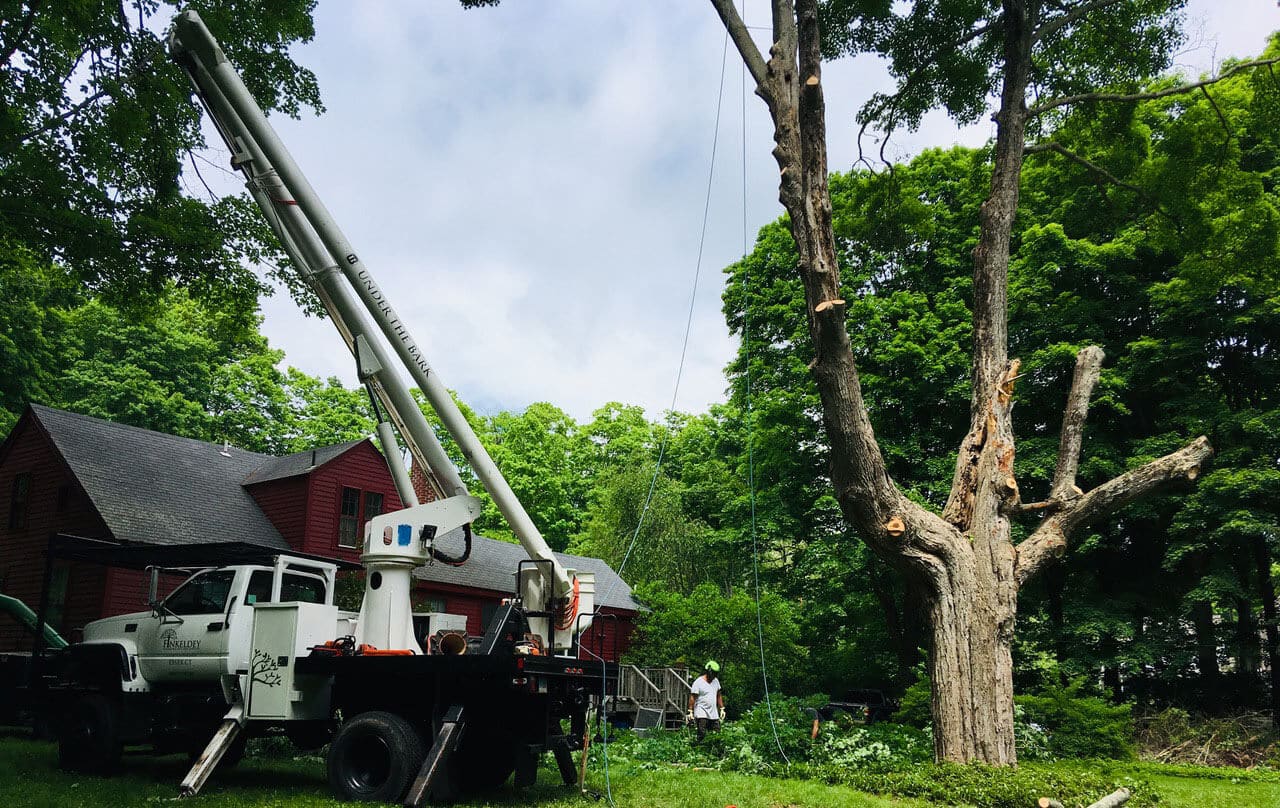Northern New Jersey is home to a diverse array of tree species, making it a great place for tree enthusiasts and nature lovers alike.
However, identifying trees can be a daunting task, especially if you are new to the area or unfamiliar with the local flora. In this blog post, we will explore the most common tree species in Northern New Jersey and provide tips on how to identify them.
The first tree species we will discuss is the sugar maple. This species is easily identifiable by its distinctive leaf shape, which has five lobes and a smooth margin. The bark of the sugar maple is gray and smooth when the tree is young, but it becomes rough and scaly as it ages. Sugar maples require moderate maintenance, including regular pruning to maintain their shape and health.
Another common tree species in Northern New Jersey is the red oak. This species is characterized by its deeply lobed leaves with pointed tips and a red-brown hue. The bark of the red oak is dark gray and rough, with deep furrows that create a diamond-shaped pattern. Red oaks require minimal maintenance, but regular pruning can help prevent disease and insect infestations.
The next tree species on our list is the American beech. This species has a distinctive smooth, gray bark and ovate leaves with pointed tips and serrated margins. American beeches require regular maintenance, including pruning to remove dead or diseased branches.
White pines are another common tree species in Northern New Jersey, and they are easily identifiable by their long needles that grow in groups of five. The bark of white pines is gray and smooth, with horizontal lines that create a diamond-shaped pattern. White pines require minimal maintenance, but they are susceptible to damage from high winds and heavy snow.
Black cherry trees are also prevalent in Northern New Jersey, and they have distinctive oval-shaped leaves with pointed tips and serrated margins. The bark of black cherry trees is dark and smooth, with horizontal lines that create a distinctive pattern. Black cherry trees require moderate maintenance, including regular pruning to maintain their shape and health.
Finally, we have the red maple, which has leaves with three lobes and a pointed tip. The bark of the red maple is gray and smooth, with vertical lines that create a distinctive pattern. Red maples require moderate maintenance, including regular pruning to remove dead or diseased branches.
In conclusion, Northern New Jersey is home to a diverse array of tree species, each with its own unique characteristics and maintenance requirements. By learning to identify the most common species and understanding their maintenance needs, you can better appreciate the beauty of the local flora and help keep your trees healthy and thriving for years to come.

